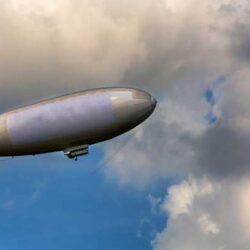In the annals of history, few texts have left as profound an impact as Sun Zhu’s “The Art of War.” This ancient Chinese military treatise, written over 2500 years ago, offers timeless wisdom on the strategies and tactics of warfare. What’s remarkable is that the principles laid out in this masterpiece have transcended the battlefield, influencing not only military commanders but also politics, sports, and business strategies. Join us on a journey through the 13 chapters of “The Art of War” and discover how its teachings have shaped the course of history.

Sun Zhu’s Holistic Philosophy
Sun Zhu, the brilliant Chinese military commander, strategist, and philosopher, believed that the key to victory lay in understanding the essence of conflict. He emphasized the importance of avoiding direct confrontation with strong opponents and instead, striking at their weaknesses. This fundamental concept forms the cornerstone of his military philosophy, and we’ll explore how it has guided warriors and leaders throughout history.
Supreme Excellence Through Non-Combat
One of the most intriguing aspects of “The Art of War” is Sun Zhu’s advocacy for achieving supreme excellence by breaking the enemy’s resistance without engaging in direct combat. We’ll delve into the wisdom behind this approach and examine instances where it has been employed successfully in warfare.
The Power of Deception
Intricate and subtle, Sun Zhu’s strategies for deception are legendary. He believed that deception was the key to victory, emphasizing the importance of appearing weak when strong and vice versa. We’ll explore real-life examples, including the famous D-Day invasion during World War II, where deception played a pivotal role in achieving victory.
Divide and Conquer
Sun Zhu’s philosophy of dividing the enemy is a tactical masterpiece. We’ll uncover how this strategy was utilized during critical moments in history, such as World War II and the Vietnam War. In both cases, the art of dividing enemy forces played a decisive role in the ultimate outcome.
Conclusion
As we conclude our exploration of “The Art of War,” it becomes evident that Sun Zhu’s teachings transcend the boundaries of time and place. The strategies and principles laid out in this ancient text continue to influence and inspire leaders across various domains. From military commanders to business magnates, the wisdom of Sun Zhu continues to guide those who seek victory through strategy, deception, and the art of war.
In this article, we’ve uncovered the essence of Sun Zhu’s philosophy, examined the power of non-combat, delved into the art of deception, and explored the tactical brilliance of dividing and conquering. These lessons from the past continue to shape the future, serving as a testament to the enduring relevance of “The Art of War.”
Now, armed with these insights, you too can apply the timeless wisdom of Sun Zhu in your own endeavors, whatever they may be. The art of war is not confined to the battlefield; it is a universal guide to achieving victory in the game of life.





